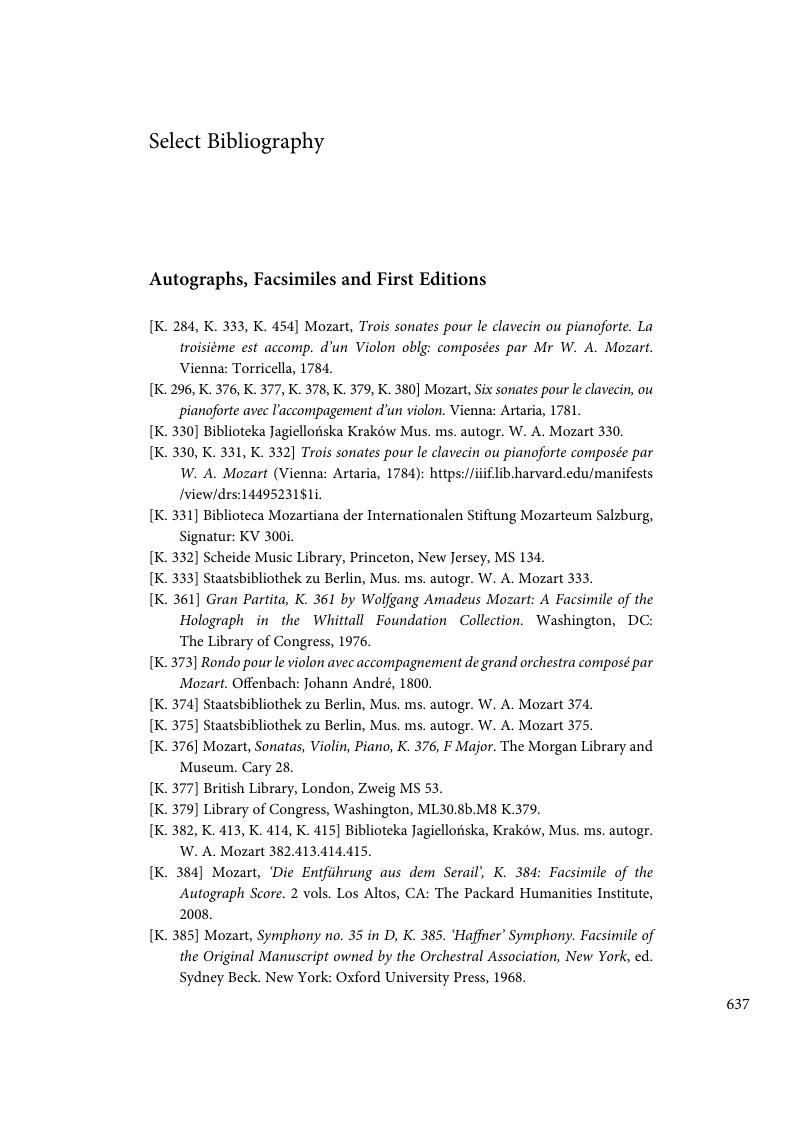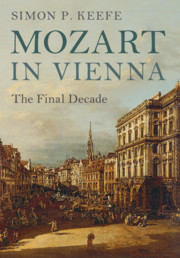Book contents
- Mozart in Vienna
- Mozart in Vienna
- Copyright page
- Dedication
- Contents
- Illustrations
- Tables
- Musical Examples
- Acknowledgements
- Notes on Musical Examples
- Abbreviations
- Introduction: Mozart the Performer-Composer in Vienna
- Part I Beginnings, 1781–1782
- Part II Instrumental and Vocal Music, 1782–1786
- Part III The Da Ponte Operas, 1786–1790
- Part IV Instrumental Music, 1786–1790
- Part V Mozart in 1791
- Appendix Mozart’s Decade in Vienna, 1781–1791: A Chronology
- Select Bibliography
- Index of Mozart’s works by Köchel number
- Index of Mozart’s works by genre
- General Index
- References
Select Bibliography
Published online by Cambridge University Press: 21 September 2017
- Mozart in Vienna
- Mozart in Vienna
- Copyright page
- Dedication
- Contents
- Illustrations
- Tables
- Musical Examples
- Acknowledgements
- Notes on Musical Examples
- Abbreviations
- Introduction: Mozart the Performer-Composer in Vienna
- Part I Beginnings, 1781–1782
- Part II Instrumental and Vocal Music, 1782–1786
- Part III The Da Ponte Operas, 1786–1790
- Part IV Instrumental Music, 1786–1790
- Part V Mozart in 1791
- Appendix Mozart’s Decade in Vienna, 1781–1791: A Chronology
- Select Bibliography
- Index of Mozart’s works by Köchel number
- Index of Mozart’s works by genre
- General Index
- References
Summary

- Type
- Chapter
- Information
- Mozart in ViennaThe Final Decade, pp. 607 - 636Publisher: Cambridge University PressPrint publication year: 2017



